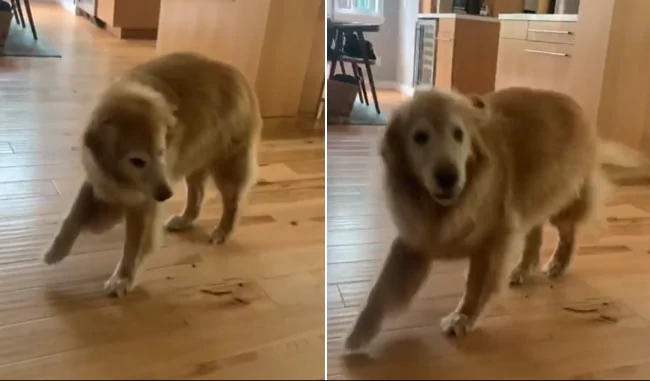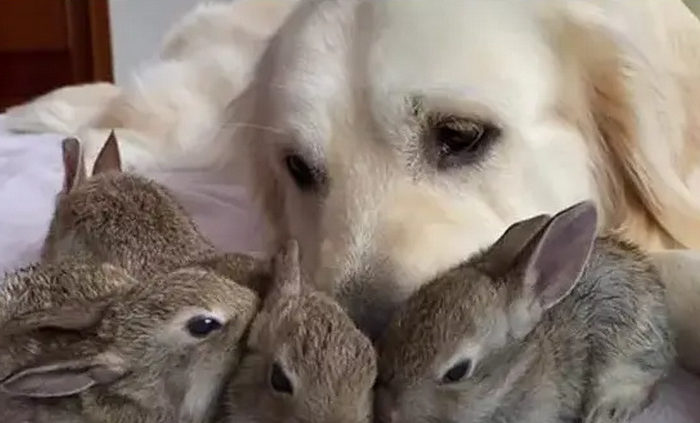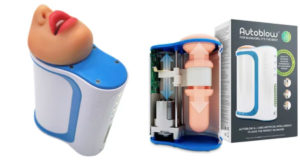How to reduce separation anxiety in dogs when you go back to work
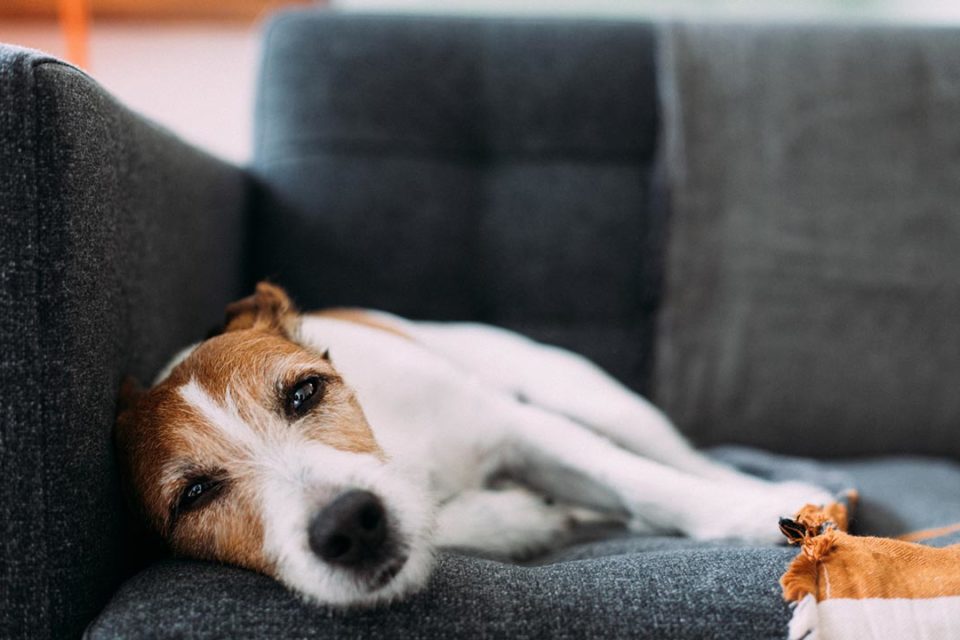
With us home 24/7 and kids not at school during the coronavirus pandemic, our dogs were seriously loving life.
Keep your dog happy when you are not home with these expert tips
The worry of separation anxiety in dogs is always a concern for dog owners, and the thought of our beloved pooches suffering from separation anxiety post-lockdown is even greater. With us home 24/7 and kids not at school during the coronavirus pandemic, our dogs were seriously loving life. But it’s time for us to go to work and it’s time for the kids to go back to school, so our dogs need a little TLC to get them ready to be home alone and not having us with them all the time.
– Not all dogs or cats are affected by this kind of change of routine, but for some, separation anxiety is a real ticking time bomb just waiting to explode – says TV vet and author of Lucy’s Law: The Story Of A Little Dog Who Changed The World, Marc Abraham.
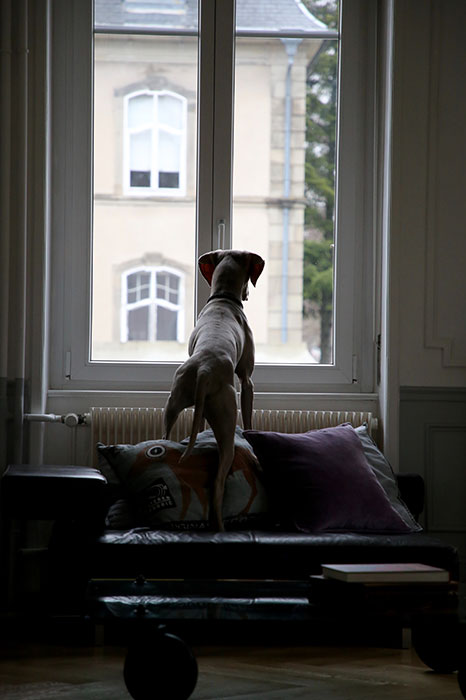
– The impending period has a huge potential to trigger alarming symptoms in dogs including panic attacks, barking, howling, whining, varying appetite, and soiling, as well as destructive behaviours like self-harming, over grooming, even chewing door frames and furniture. -Marc, along with dog behaviourist Hannah Molloy, have shared these easy tips for dog owners.
5 ways to reduce separation anxiety in dogs:
- Marc recommends that the best time to leave your dog is after they have had some exercise or training, with a full stomach. This will hopefully leave them tired enough to nap and relax.
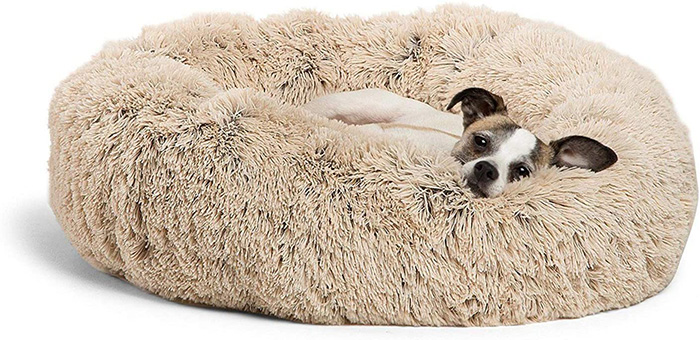
- Start organising your pet’s day with regular playtimes, exercise, and most importantly dedicated quiet time apart whilst you work. Ideally they should be settled in their own bed in a safe, quiet room.
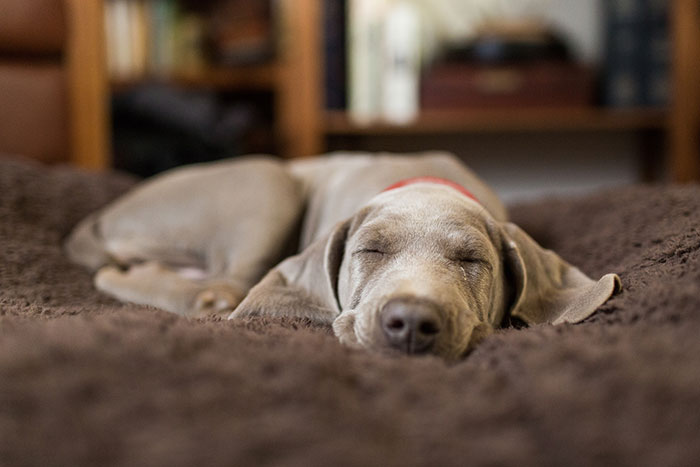
- The first 15 minutes apart are often the worst for dogs, so this crucial time should always be paired with a positive stimulus, like high value food-based toys. Keeping their minds occupied and distracted, will classically condition a positive association.
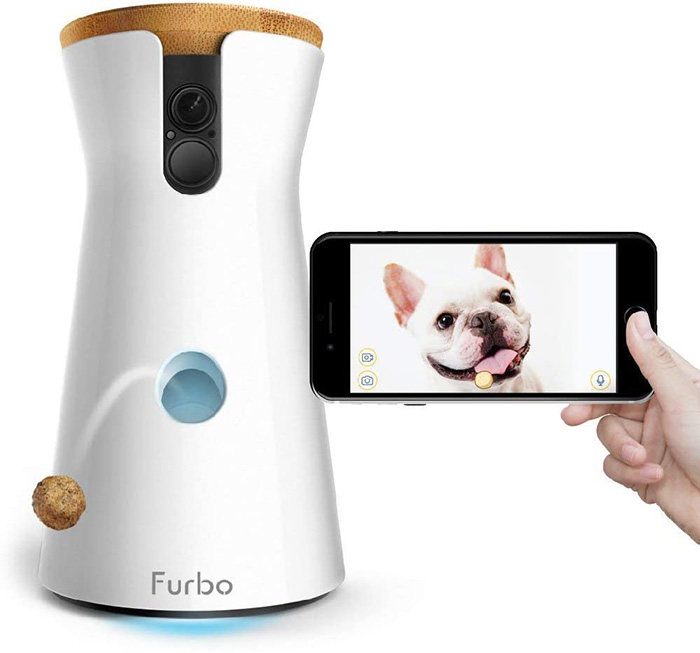
- Practice leaving the house alone for short periods of time to run essential errands or go for a walk. Teach your dog what you want them to do to get you to come back. Marc suggests: – Set them up with a few different toys and chews they can engage with. Spy on them with a webcam and wait for them to stop scratching or whimpering to get you to return. When they play with their toys or chill out, then come back. But if your dog is in obvious serious distress, don’t wait for it to stop, come right back to them calmly, and seek the advice of a professional behaviourist to help you graduate the process, and help your dog triumph. –
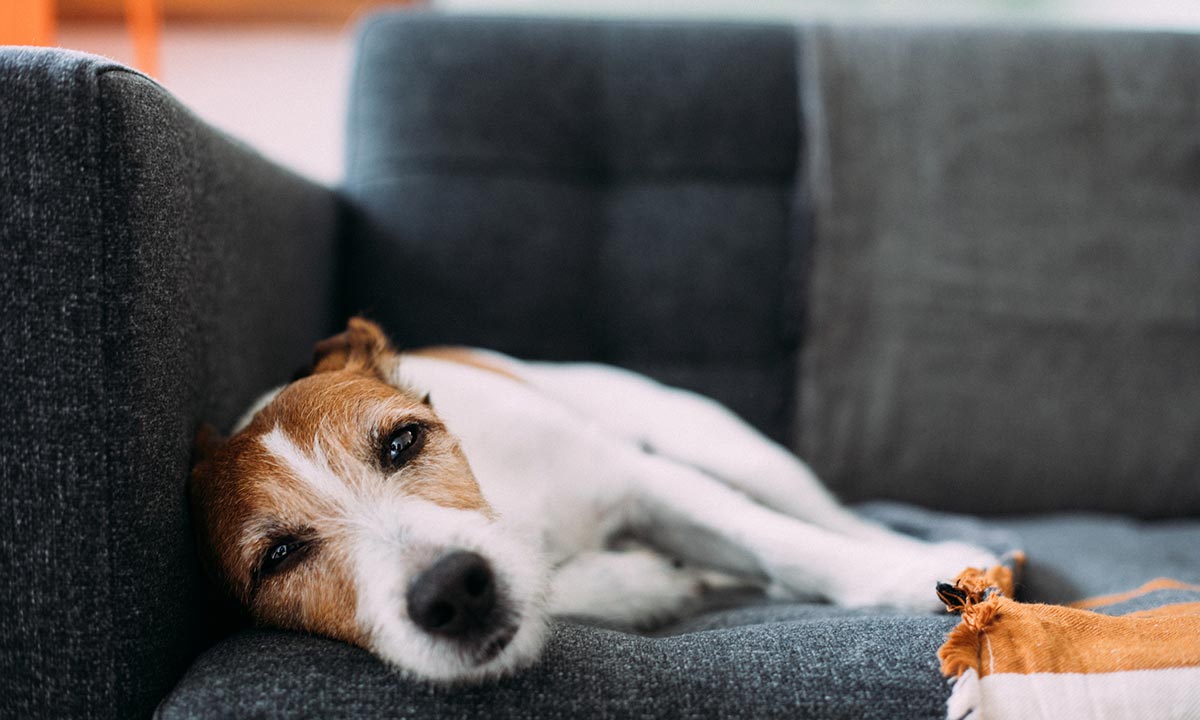
- Be conscious of close, and often subtle contact your pet makes with you whilst you watch TV, sleep, do daily chores. Each touch can intensify their dependency on you while you’re self-isolating, potentially increasing the likelihood of separation anxiety developing. Reward your pet for calm, chilled, independent behaviour, especially if they’re usually clingy.
